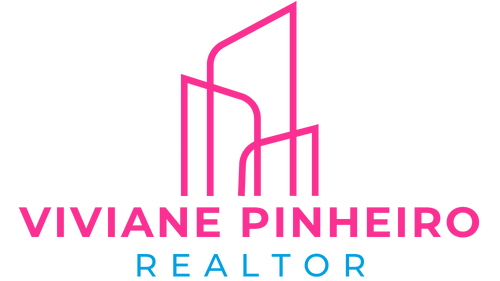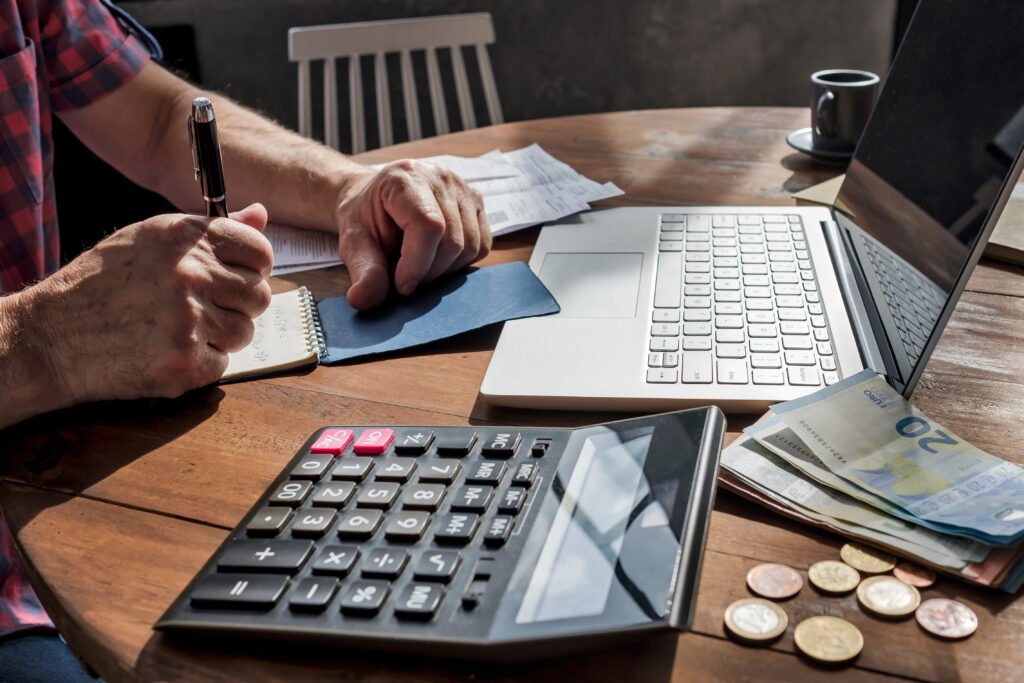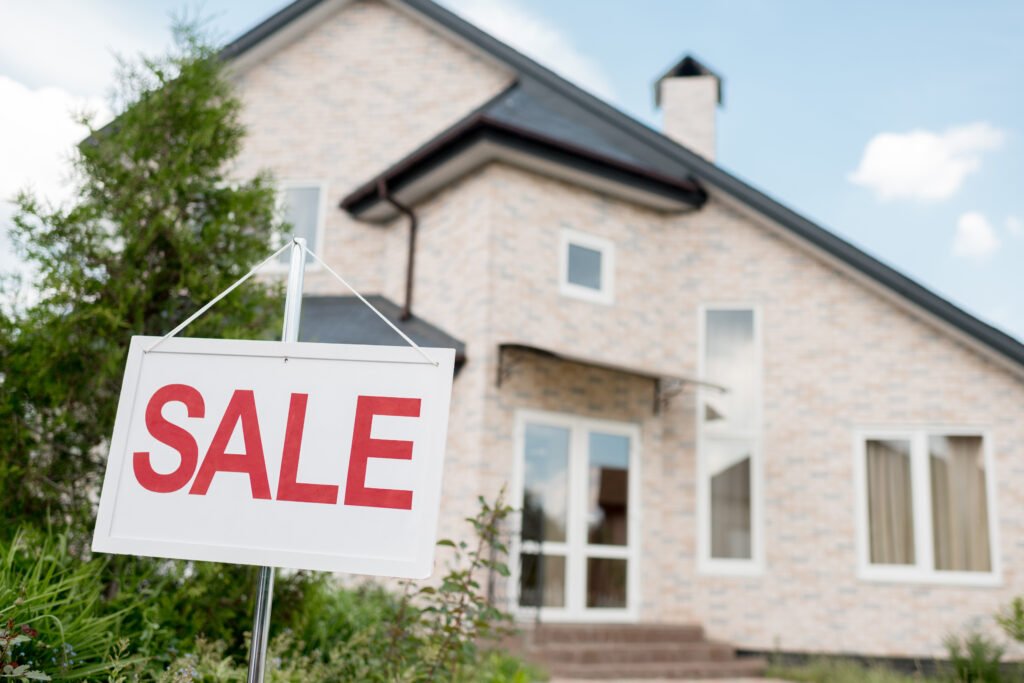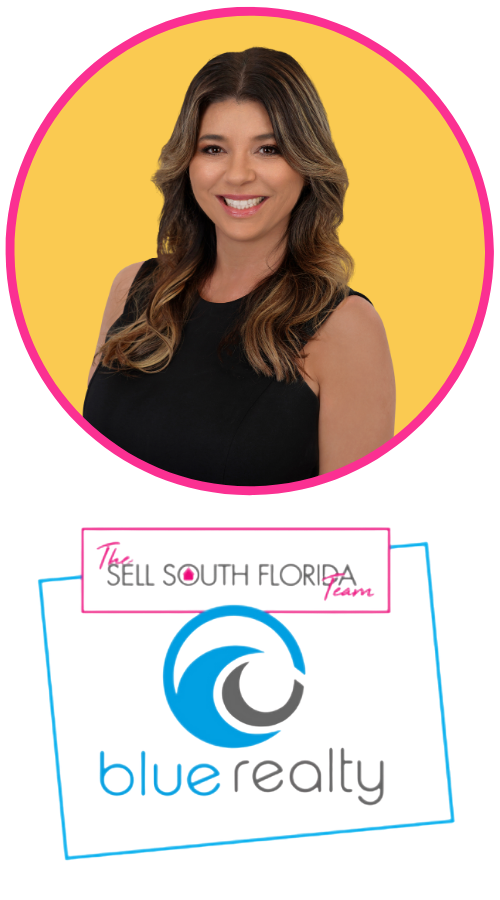Budgeting for buying a house feels overwhelming for most first-time homebuyers, especially with property prices expected to remain competitive throughout 2025. The dream of homeownership often collides with financial reality when unexpected costs emerge, leaving many prospective buyers stressed and underprepared.
Fortunately, with proper planning and realistic expectations, you can navigate this significant purchase without depleting your savings or living paycheck to paycheck afterward. This comprehensive home buying guide will walk you through creating a practical budget that accounts for both obvious and hidden expenses. From calculating what you can truly afford to planning for ongoing maintenance costs, we’ll cover essential strategies to help you confidently take this major financial step.
Before diving into mortgage applications or scheduling viewings, it’s crucial to understand exactly how much house you can reasonably afford. Additionally, knowing how to save strategically will position you to enter homeownership on solid financial ground rather than stretched too thin.
Understand How Much You Can Afford
Before searching for your dream home, you need a clear picture of what you can realistically afford. Setting proper financial boundaries prevents disappointment and ensures long-term stability once you’ve moved in.
Use the 28/36 rule to guide your budget
The 28/36 rule serves as a fundamental guideline when budgeting for buying a house. This principle suggests you should spend no more than 28% of your gross monthly income on housing expenses and no more than 36% on total debt payments, including your mortgage 1. Lenders frequently use this rule to assess your borrowing capacity and determine your loan eligibility.
To apply this rule to your situation, follow these simple steps:
- Identify your total monthly gross income (before taxes)
- Calculate 28% of this amount for maximum housing costs
- Calculate 36% for your maximum total debt payments
- Subtract existing debt payments from the 36% figure
For example, if your household earns $6,000 monthly, your housing costs shouldn’t exceed $1,680 (28% of income) 2Man man checking home finance calculating money. No face view, while your total monthly debt payments, including housing, shouldn’t surpass $2,160 (36% of income) 2.
Housing costs typically include your mortgage principal, interest, property taxes, homeowners insurance, and HOA fees if applicable. Consequently, understanding these components gives you a more accurate budget picture.
Factor in all sources of income
When calculating affordability, include all reliable income sources—not just your primary salary. This comprehensive approach provides a more accurate picture of your financial capacity.
For traditional employees, this calculation is straightforward. However, self-employed individuals face unique challenges since lenders typically examine your business’s net earnings over a two-year period 3. They’ll divide this amount by 24 months to determine your average monthly income.
Furthermore, lenders review bank statements to verify cash flow adequacy 3. If you’re self-employed and have written off numerous business expenses to reduce taxable income, this might lower your apparent income from a lender’s perspective.
No matter your employment type, mortgage lenders want assurance that your income has been stable for at least two years and will likely continue for at least three more 3. Therefore, include only income sources you can document and reasonably expect to continue.
Consider your current debt obligations
Your existing debt significantly impacts how much house you can afford. Essentially, lenders calculate your debt-to-income (DTI) ratio by dividing your monthly debt payments by your gross monthly income.
For a couple with combined annual earnings of $72,000 ($6,000 monthly), the maximum DTI limit would be $2,580 4. If their existing monthly debt payments (car loans, credit cards, student loans) total $800, they should avoid a mortgage payment exceeding $1,780 4.
High debt levels dramatically reduce your home buying power. Someone earning $120,000 annually with $1,200 in monthly debt payments might be limited to homes under $515,000 3. However, the same person without debt could potentially afford a home up to $665,000 3.
If your DTI exceeds recommended thresholds, consider taking these steps before house hunting:
- Pay down existing high-interest debt
- Avoid taking on new debt
- Increase income through side hustles
- Postpone home buying until your financial situation improves
Remember that while lenders might approve you for a certain amount, sticking to these guidelines helps ensure you won’t become “house poor” with little money left after making housing payments 5.
Use Tools to Estimate Your Home Budget
Now that you understand your financial boundaries, leverage digital tools to get precise numbers. Online calculators simplify complex financial calculations and give you a clearer picture of what to expect when budgeting for buying a house.

Try a home affordability calculator
Home affordability calculators help determine your price range based on your financial situation. These tools typically consider your household income, monthly debts, and available savings for a down payment 6. Most calculators use the 36% debt-to-income ratio as the suggested affordability threshold 6.
To use these calculators effectively:
- Input your annual income before taxes
- Add all monthly debt payments (car loans, student loans, credit cards)
- Enter your anticipated down payment amount
- Specify your location for tax and insurance estimates
The calculator then estimates how much house you can afford based on these inputs. Some advanced calculators allow you to customize property tax amounts, homeowner’s insurance costs, and even HOA dues 7.
Many lenders offer affordability calculators with options to calculate based on either income or your desired monthly payment 8. Once you have an estimate, you can refine your home search to properties within your price range.
Estimate monthly payments with mortgage calculators
Mortgage calculators help you understand what your monthly payment would look like for specific properties. Unlike affordability calculators, these tools start with a home price and break down the resulting payment.
For accurate estimates, input the following information:
- Home purchase price
- Down payment amount (percentage or dollar amount)
- Loan term (typically 30, 20, 15, or 10 years)
- Interest rate 9
The calculator then displays your estimated monthly payment, often with a breakdown showing:
- Principal and interest
- Property taxes
- Homeowners insurance
- Private mortgage insurance (if down payment is less than 20%)
- HOA fees if applicable 9
These tools help clarify whether your budget allows for a shorter-term loan, if you should put more money down, or if you should consider paying off your mortgage early 10.
Adjust for different interest rates and loan terms
The beauty of digital calculators is their flexibility. You can instantly see how changing variables affects your monthly payment and total cost over time.
Interest rates significantly impact affordability. Even small rate differences can substantially change your monthly payment. Try entering different interest rate scenarios to prepare for market fluctuations.
Similarly, loan terms dramatically affect both your monthly payment and total interest paid:
- Shorter terms (10-15 years): Higher monthly payments but lower interest rates and less total interest paid over the life of the loan 11
- Longer terms (30 years): Lower monthly payments but more interest paid throughout the loan 11
Most calculators allow you to compare different scenarios side-by-side. This comparison helps you determine if the higher monthly payment of a 15-year mortgage fits your budget or if a 30-year term makes more sense.
Remember that mortgage payments can change over time due to factors like property tax increases 9. Moreover, your calculator results serve as estimates—actual costs may vary slightly based on specific lender requirements and local conditions.
Plan for Upfront Costs
Saving for upfront expenses marks a crucial step in budgeting for buying a house. Beyond your monthly payment calculations, several significant one-time costs require careful planning before you can call a property your own.
Down payment expectations (3% to 20%)
The down payment represents your initial investment toward home ownership. Although many believe 20% down is mandatory, first-time home buyers actually put down just 6% on average, while repeat buyers typically contribute about 12% 12. Your down payment options depend largely on which loan type you qualify for:
- Conventional loans may require as little as 3% down
- FHA loans typically need 3.5% (with good credit) to 10% down
- VA and USDA loans offer zero-down options for eligible buyers 13
Using a $300,000 home as an example, your down payment might range from $9,000 (3%) to $60,000 (20%) 12. Although lower down payments make homeownership more accessible, they generally result in higher monthly payments and mandatory mortgage insurance.
Closing costs and what they include
Closing costs encompass the fees associated with finalizing your real estate transaction. Generally, expect to pay between 2% and 5% of your loan amount 12. On that same $300,000 home purchase, closing costs typically range from $6,000 to $15,000 12.
Major closing costs generally include:
- Loan origination and underwriting fees (starting at 0.5% of loan amount)
- Title search, insurance, and survey fees
- Home appraisal ($300-$600) and inspection fees
- Application and credit check fees
- Attorney fees (required in some states)
- Property recording and transfer taxes 14
In fact, the national average for closing costs on a single-family home purchase amounts to $6,905 including transfer taxes, and $3,860 without transfer taxes 15. Some lenders offer “no-closing-cost” mortgage options, which actually roll these expenses into your loan or offset them with a higher interest rate 14.
Moving and initial setup expenses
After securing your financing, you’ll face the practical costs of physically relocating. Professional movers typically charge between $883 and $2,569 14, with long-distance moves costing significantly more. Beyond that, initial homeownership often requires:
- First year’s homeowners insurance premium (approximately $1,250 annually)
- Property tax reserves (around $2,500 for six months, varying by location) 12
- Utility setup fees and deposits
- Essential home repairs or modifications
- Basic furnishings and appliances
Above all, timing matters when budgeting for these expenses. Moving during non-peak seasons (October through April) often costs less than summer moves, with mid-month and mid-week moves typically offering better rates 1.
First-time homebuyers should also investigate down payment assistance programs that provide grants or forgivable loans to help cover these upfront costs 2. These programs often target buyers earning no more than 80-100% of their area’s median income 2.
Account for Ongoing Homeownership Costs
The true cost of homeownership extends far beyond the purchase price. First-time buyers often discover that ongoing expenses can equal or even exceed their monthly mortgage payments. Understanding these recurring costs is essential for effective long-term budgeting.
Monthly mortgage payments
Your mortgage payment typically includes principal, interest, and possibly other components through an escrow account. Coupled with today’s variable rates, these payments can fluctuate based on:
- Length of mortgage term (15 vs. 30 years)
- Interest rate fluctuations
- Size of your down payment
- Loan type (conventional, FHA, USDA)
Lenders typically recommend that your total monthly payment shouldn’t exceed 28% of your gross monthly income to maintain financial stability 16.
Property taxes and insurance
Property taxes vary significantly by location, with the national average rate at approximately 0.91% of your home’s assessed value 17. Nonetheless, this can range from just 0.25% in Hawaii to nearly 2.1% in New Jersey 17.
Homeowners insurance, while not legally required unless you have a mortgage, is nonetheless essential protection. The average annual premium costs between $1,200 and $1,500 18, or approximately $100-125 monthly.
Utilities, maintenance, and HOA fees
According to 2024 data, the typical homeowner pays about $641 monthly for utilities 19, including:
- Electricity: $135.25
- Natural gas: $80.33
- Water: $39.16
- Sewer: $71.16
- Trash collection: $31.10
- Internet/cable: $118.00
For maintenance, experts recommend setting aside 1-4% of your home’s value annually 20. Thus, for a $300,000 home, budget between $3,000 and $12,000 yearly for repairs and upkeep 21.
If your property has a homeowners association, expect to pay approximately $200-300 monthly in HOA fees 22, plus occasional special assessments for major improvements.
Emergency repair fund
Even with regular maintenance, unexpected issues inevitably arise. Financial experts suggest maintaining a separate emergency fund specifically for home repairs 3. Starting with at least $1,000 can provide a cushion for immediate needs 3, ultimately building toward 1-2% of your home’s value 18.
This dedicated fund helps prevent financial strain when facing urgent problems like roof leaks, plumbing emergencies, or HVAC failures—issues that typically demand immediate attention and payment.
Adjust Your Budget and Save Strategically
Finding money for a down payment often requires both reducing outflows and increasing inflows. Effective budgeting for buying a house demands a two-pronged approach to build your savings faster than you might think possible.
Cut unnecessary expenses
Start with a thorough audit of where your money currently goes. Review bank statements to identify recurring charges and subscription services you rarely use. Many people discover they’re paying for multiple streaming services, gym memberships, or premium apps they could easily live without 23.
Next, examine larger spending categories. Instead of focusing solely on small purchases like coffee, look for cuts that create meaningful impacts. Consider:
- Negotiating bills for internet, insurance, and phone plans 24
- Embracing meal planning and home cooking instead of takeout 23
- Switching to energy-efficient appliances and LED bulbs 4
- Exploring transportation alternatives like carpooling or public transit 4
Increase income with side hustles
Even modest side gigs can substantially boost your home savings fund. Popular options with flexible hours include:
Driving for ride-sharing services can generate immediate income without requiring initial investment 5. Teaching English online offers approximately $14-22 hourly with just seven weekly hours 5. Virtual assistants earn around $18 hourly, with median annual pay reaching $37,000 5. Pet sitting and photography sales provide additional opportunities to monetize existing skills 5.
Set a monthly savings goal
Once you’ve reduced expenses and increased income, establish a specific monthly savings target. The most effective approach is making saving automatic through:
Setting up direct deposits that split your paycheck between checking and a dedicated high-yield savings account 25. Treating your savings contribution as a non-negotiable expense 23. Transferring any windfalls—tax refunds, work bonuses, or gifts—to your home fund before you can spend them 24.
Track progress with budgeting apps
Digital tools can transform your saving journey by providing visibility and accountability. Effective budgeting apps offer various features:
Monarch provides flexible and category-specific budgeting options, alongside investment tracking and bill reminders 26. YNAB employs zero-based budgeting, allocating every dollar toward specific purposes 26. PocketGuard shows how much “pocket cash” remains after essentials and savings 27. Honeydue helps couples manage finances jointly with shared account visibility 26.
The best app ultimately remains the one you’ll consistently use 26.
Conclusion
Purchasing your first home represents one of life’s most significant financial commitments. Therefore, careful budgeting stands as the cornerstone of successful homeownership. The journey begins with understanding what you can truly afford based on your income and existing debt obligations. Many first-time buyers focus exclusively on the mortgage payment while overlooking crucial expenses like property taxes, insurance, and maintenance costs.
Digital tools certainly make this process more manageable. Affordability calculators provide realistic price ranges, while mortgage calculators help visualize how different interest rates and loan terms affect your monthly payments. Armed with these estimates, you can search for homes that fit your financial reality rather than stretching beyond comfortable limits.
Upfront costs often surprise unprepared buyers. Down payments ranging from 3% to 20%, closing costs between 2% and 5%, plus moving expenses can quickly deplete savings. Additionally, ongoing homeownership brings regular expenses beyond your mortgage payment – property taxes, insurance, utilities, maintenance, and potentially HOA fees all demand monthly attention.
Financial preparation makes all the difference between stressful homeownership and comfortable living. Cutting unnecessary expenses, pursuing side income, and setting automatic savings goals accelerates your path to homeownership. Budgeting apps further simplify tracking progress toward your goal.
The dream of homeownership remains achievable with proper planning. Rather than rushing into the market unprepared, take time to strengthen your financial foundation. Your future self will thank you for entering homeownership with eyes wide open about the true costs involved. After all, a house becomes a true home when you can afford to live in it comfortably without financial anxiety.
